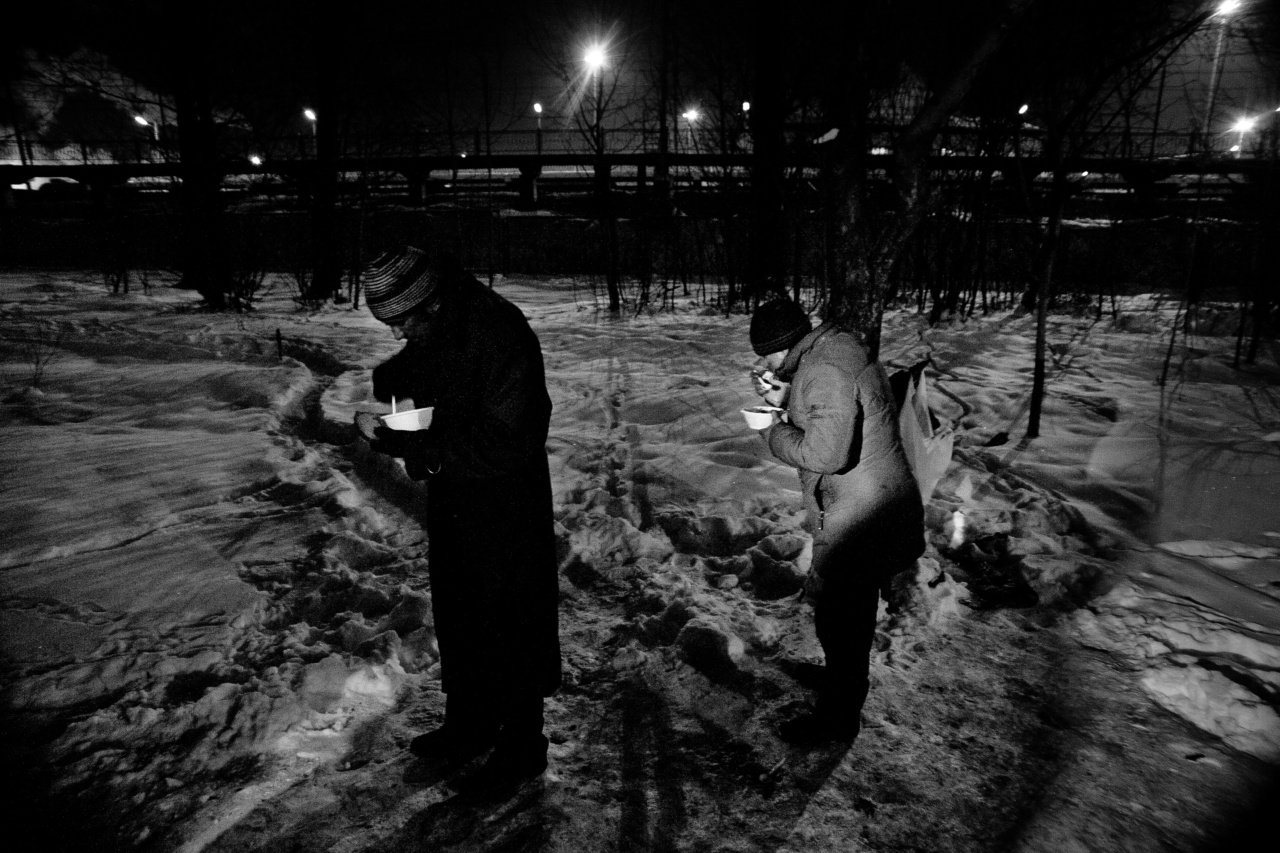Winter is a time when cold and flu viruses are more prevalent. With the drop in temperatures, people tend to spend more time indoors, increasing their chances of catching and spreading viruses.
In this article, we will explore the common winter viruses and provide essential information to help you stay healthy during the colder months.
1. Influenza
Influenza, commonly known as the flu, is a highly contagious respiratory illness caused by influenza viruses. It is most active during the winter season and can spread rapidly in crowded places like schools and offices.
The flu symptoms include fever, body aches, sore throat, cough, and fatigue. It is crucial to get a flu shot every year to protect yourself and reduce the risk of spreading the virus.
2. Common Cold
The common cold is caused by several different viruses, including rhinoviruses. It is characterized by symptoms such as a runny or stuffy nose, sneezing, sore throat, and cough.
Although the common cold can occur throughout the year, its prevalence tends to increase during winter. Practicing good hygiene, like washing hands frequently and avoiding close contact with infected individuals, can help prevent the common cold.
3. Respiratory Syncytial Virus (RSV)
RSV is a common winter virus that affects the respiratory system, especially in children. It causes symptoms similar to the common cold, including coughing, sneezing, runny nose, and fever.
RSV can be severe, particularly in infants and older adults with weakened immune systems. Taking preventive measures like washing hands regularly and keeping infants away from sick individuals can reduce the risk of RSV transmission.
4. Norovirus
Norovirus, also known as the winter vomiting bug, is highly contagious and causes gastroenteritis. It spreads through contaminated food, surfaces, or close contact with infected individuals.
Symptoms of norovirus include vomiting, diarrhea, stomach cramps, and nausea. Maintaining good personal hygiene and avoiding contact with infected individuals are key to preventing norovirus infections.
5. Respiratory Viral Syncytial Virus (RSV)
RSV is another common winter virus that primarily affects infants and young children. It can cause severe respiratory infections such as bronchiolitis and pneumonia. Symptoms of RSV in children include coughing, wheezing, difficulty breathing, and fever.
Frequent handwashing, keeping infants away from sick individuals, and ensuring a clean environment are vital in preventing RSV spread.
6. Adenovirus
Adenovirus infections are common during winter and can cause various illnesses, including respiratory infections, conjunctivitis, and even severe diseases like pneumonia. Symptoms may include fever, sore throat, coughing, sneezing, and pink eye.
Maintaining good personal hygiene and avoiding close contact with infected individuals can reduce the risk of adenovirus infections.
7. Rotavirus
Rotavirus is a highly contagious virus that causes gastroenteritis, especially in infants and young children. It is responsible for a significant number of winter vomiting and diarrhea cases in children.
Symptoms include severe diarrhea, vomiting, fever, and abdominal pain. The best prevention method for rotavirus is vaccinating infants according to the recommended schedule.
8. Coronavirus
Coronaviruses are a group of viruses that can cause respiratory illnesses ranging from the common cold to severe diseases like COVID-19. While coronaviruses can circulate year-round, their transmission tends to increase during the winter months.
Following public health guidelines such as wearing masks, practicing social distancing, and frequently washing hands are vital in preventing coronavirus infections.
9. Bronchiolitis
Bronchiolitis is a common viral infection that primarily affects infants and young children. Respiratory syncytial virus (RSV) is the most common cause of bronchiolitis, particularly during winter.
It causes inflammation and blockage of the small airways in the lungs, resulting in coughing, wheezing, difficulty breathing, and fever. Practicing good hand hygiene and avoiding close contact with individuals with respiratory infections can lower the risk of bronchiolitis.
10. Streptococcus
Streptococcus is a bacterium responsible for various illnesses, including strep throat, scarlet fever, and pneumonia. These infections can occur throughout the year but tend to be more common during winter.
Symptoms of streptococcal infections include sore throat, fever, headache, and swollen lymph nodes. Proper and timely treatment with antibiotics is crucial in managing streptococcal infections.



























